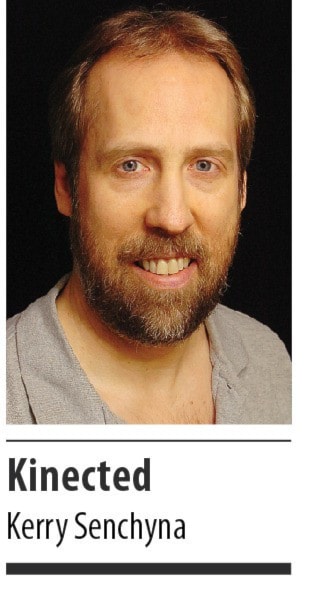What is the secret to having a hard, accurate slap or snap shot like Alexander Ovechkin?
Are the elite shooters in the NHL that much stronger than other players in the league, or is there more to it than that?
Certainly they are much stronger and shoot harder than recreational players, but there are many key components to a hard slap or snap shot in addition to strength that the elite shooters posses. Much of the answer comes not from strength but from different facets of technique, training and timing.
Many people assume that most of the power in the slap shot is generated through the arms but speed and power for any sport activity that involves throwing or shooting a ball or puck must come from the feet right through to the fingers. It is the linkage and timing of the sequence of muscles used that is the key. Just like a baseball pitch or golf swing every major joint is used from the wind-up to the follow-through in a crucial timing of muscle contraction. Ankles are used to push off from the ground transferring force up through the knees and hips, into the trunk muscles which act as a bridge or connector for force transfer into the shoulders, arms hands and then fingers. All muscles are important to generate power and speed to throw or shoot. So legs and core muscles are extremely important not just to train, but to utilize during the practice of these techniques.
Bending the knees and pushing off with the rear foot not only helps to provide more power, but lowers your centre of gravity, making you more stable, and brings you a little closer to the ice which allows you to make contact with the ice a little behind the puck. That contact point can be as much as six to 10 inches behind the puck for some NHL players, and creates a whip action from the stick to add additional speed to the puck. Of course this can be very hard on your sticks and very expensive if you break many - it helps if you have an inexhaustible supply of sticks like the pros do.
Core muscles either don’t get trained much or get trained incorrectly. The old-fashion sit-up or crunch still dominates the gym, but it’s really a non-functional exercise. How often in sports do you curl yourself into a ball?
Instead of letting sit-ups rule your core program (and punish your spine), do other core exercises that can include plank-style methods in a variety of settings. You can do these on the floor, on the stability ball, or standing using cables or medicine balls.
Another forgotten area is the forearms and wrists. If you finish up your shoot by snapping your wrists you again gain a little more speed on the shot. Think of how a pitcher snaps their fingers down into flexion at the end of a pitch. To convince you of the importance of the ankles, knees, wrists or fingers, imagine throwing or shooting without for example bending your knees (in peg-leg fashion) or not using your wrists or fingers. Think of the loss of speed that would impose.
The last major concept to understand is that when shooting or throwing the essential physical training concept is power, not strength. Power is the application of force over the shortest time possible. If all you do is lift heavy weights you will become strong, but you will stay slow, and for much of sport that is not an asset, it is a detriment.
Quick, forceful, fluid movement will generate a hard, fast shot. If you watch Ovechkin’s goals, many come from fast, unexpected shots made when the goalie is not ready. That means you have to have your body trained to be stable in a variety of body positions on the ice.
Stability and balance exercises still remain a foundation for good athletic training.
